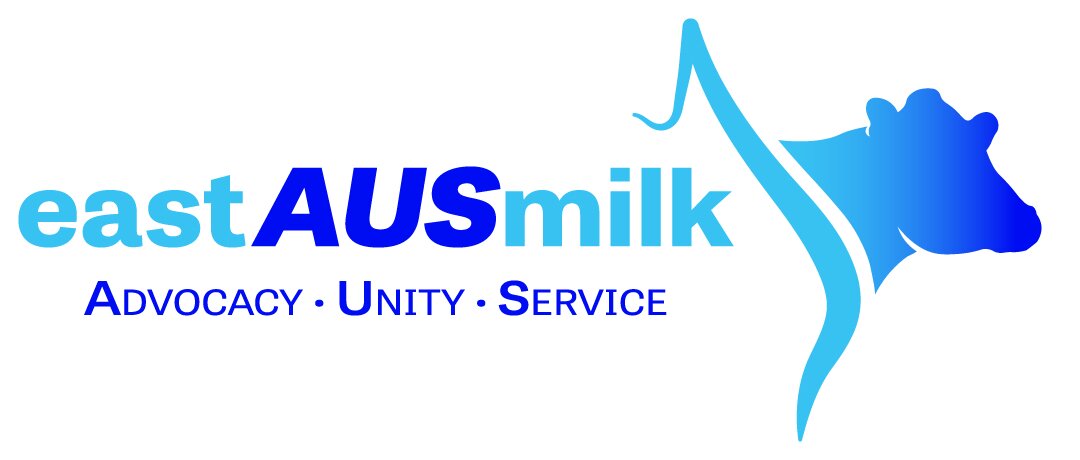What the market really wants in a dairy-beef carcase: Greenham’s Jess Loughland
GROWTH, yield and eating quality are the key areas where dairy-beef breeders have the most opportunity to pull genetic levers that will drive carcase value in the beef sector.
This message came from experienced livestock supply chain manager Jess Loughland at this month's Growing Beef from Dairy conference, hosted by Dairy Australia and held at Attwood in Victoria.
Speakers from around the world repeatedly spoke about the exceptionally positive traits coming from the dairy animal around eating quality.
Ms Loughland supported those sentiments but said yield and growth were probably the areas where there was less confidence in parties to invest in dairy-beef animals year-in and year-out.
In her role with southern Australian processor Greenham, Ms Loughland looks after natural beef programs, producer engagement and supply chain sustainability initiatives.
Greenhams has been in the beef industry for more than 150 years. The family started with small butcher shops in Melbourne and today runs three beef export facilities in Victoria and Tasmania.
"When we look at developing supply chains, we've heard many advocate the market-first approach," Ms Loughland said.
"That is about moving away from saying we have product so where can we find a home for it, towards looking at where there might be an opportunity with high value markets.
"Through doing that, there are some real opportunities to develop strong, viable and sustainable pathways for cattle of dairy origin in the beef sector."
In terms of carcase value, there was never one over-riding driver - it was a multifaceted business, Ms Loughland said.
Consistently high eating quality is, of course, the holy grail in high value markets but in saying that we have to recognise Australian beef is the most expensive in the world at the moment, she said.
"We have the most expensive cattle costs. Historically we've run at a 25 per cent discount to the United States but we are now sitting at a 17pc premium," Ms Loughland said.
"That means that processors have to look, on a global basis, at how we can extract every last piece of consumer value out of the products we are selling to sustain those high prices."
So while meat quality is important in keeping consumers coming back, other factors such as volume, raising claims, product presentation and branding also play a role.
The place of raising claims is less about saying any one production system is good or bad but rather identifying areas where a consumer may be looking for a particular thing and be willing to pay a premium for it, according to Ms Loughland.
"Dairy-beef could really capture a high value niche in this area," she said.
"For example, in the US where such a high focus is placed on long-fed beef, for a consumer in that market seeking a more natural product there would be the opportunity to extract a premium."
So how do these drivers translate back into genetics?
From a dairy perspective, the focus has been around calving ease and gestation length to maintain profitability but we must also start looking at what is of value to the grower, the finisher and the processor.
Animals that grow faster can provide greater returns to the grower and finisher, and also produce a finished product with a lower carbon footprint, Ms Loughland said.
Animals that yield better in the processing plant provide more kilograms of saleable meat per kilogram of liveweight paid for.
So for growth, estimated breeding values on 400 and 600-day growth are key and then from a yield perspective, it is eye muscle area and retail beef yield.
Source: Shan Goodwin, Farmonline National, 26 September 2022

